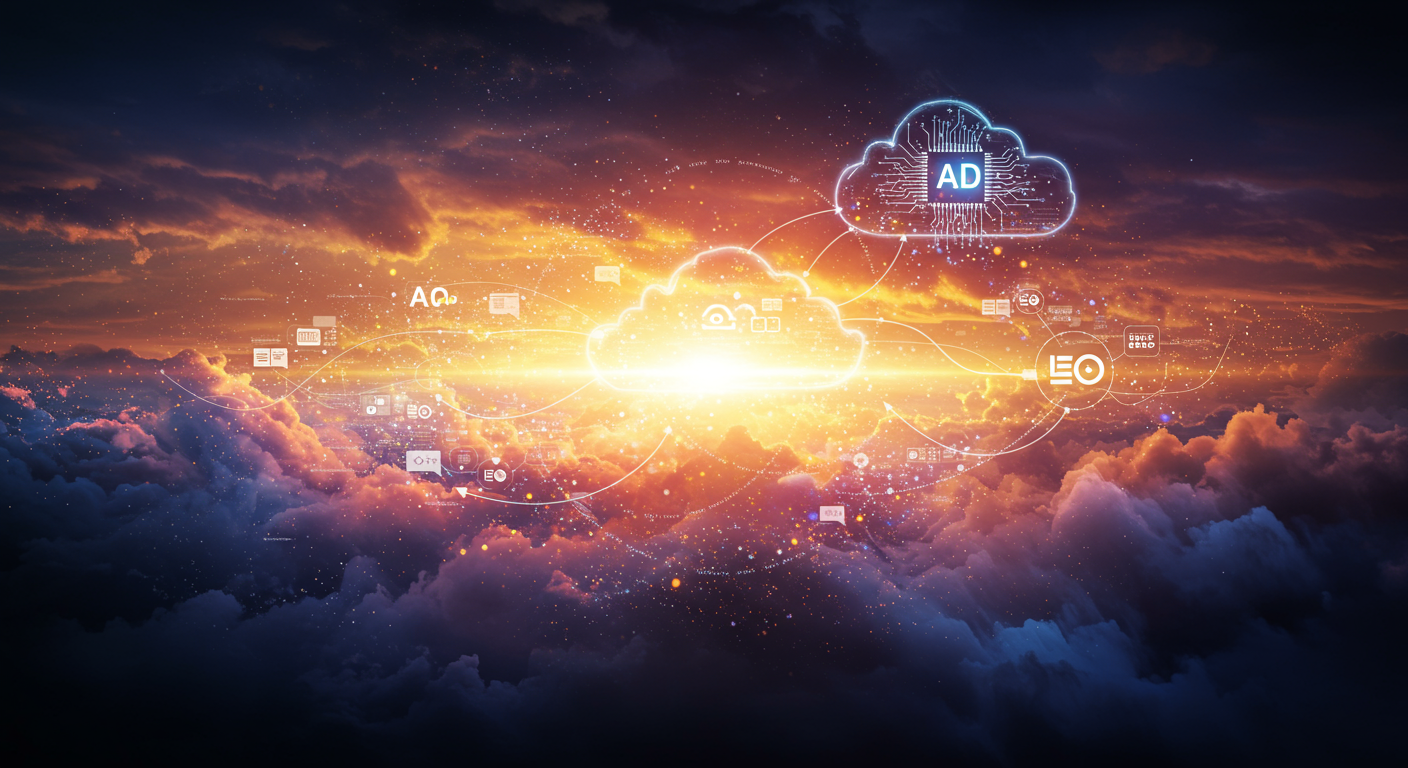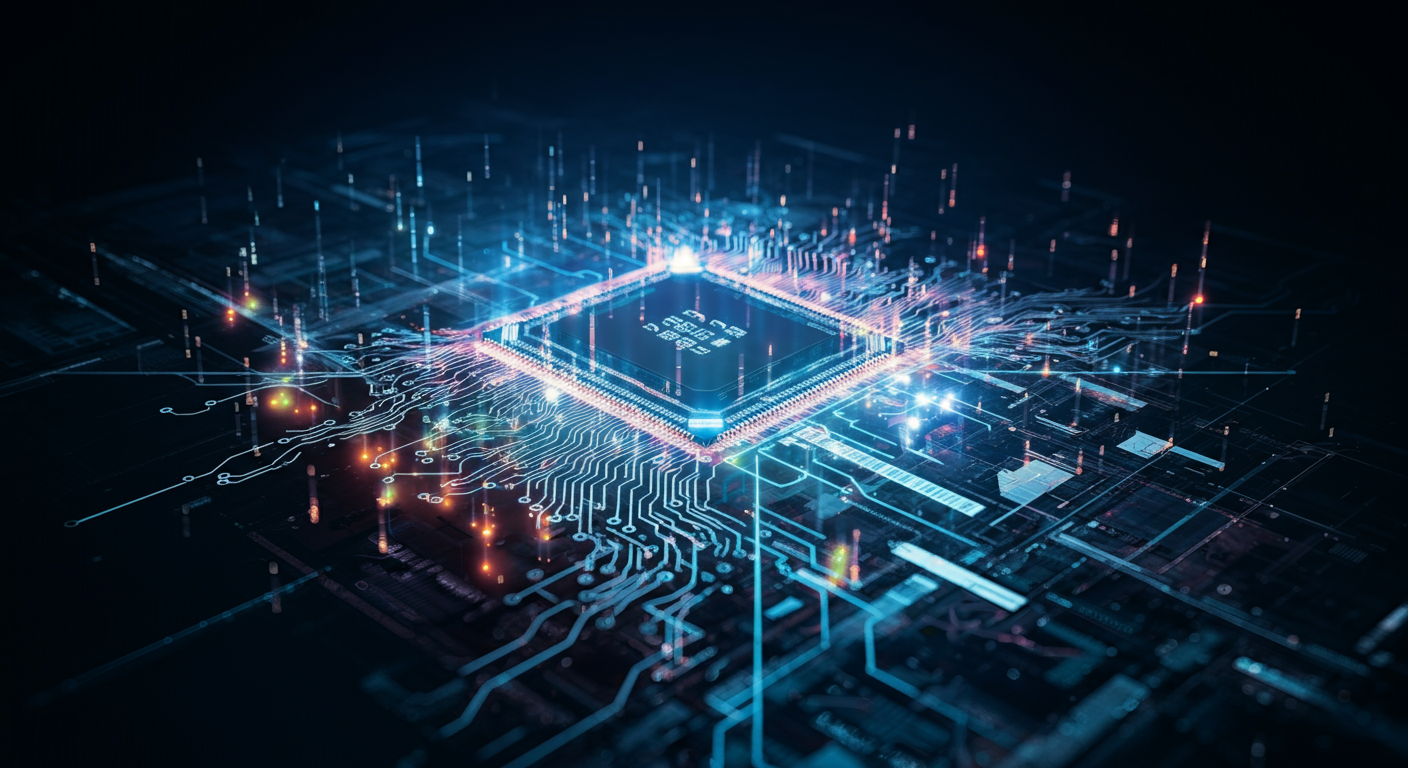Exploring Multicloud, GenAI, and AIOps: Trending AI Technologies

Basic Info: What Are Multicloud, GenAI, and AIOps?
John: Hey everyone, welcome to our blog post on multicloud, generative AI (which we’ll call genAI for short), and AIOps. As a veteran tech journalist, I’ve seen a lot of buzzwords come and go, but these three are really heating up right now, especially based on what’s trending on X, formerly Twitter. For beginners, let’s break it down simply. Multicloud refers to using multiple cloud computing services from different providers, like mixing AWS, Azure, and Google Cloud, to avoid putting all your eggs in one basket. GenAI is generative artificial intelligence, which creates new content like text, images, or music from scratch using AI models. And AIOps stands for Artificial Intelligence for IT Operations, which uses AI to automate and improve IT management tasks, like monitoring systems and fixing issues before they become big problems.
Lila: That’s a great start, John! As a junior writer new to this space, I was confused at first too. When did these start? Multicloud strategies really took off around 2015 as companies wanted more flexibility and to avoid vendor lock-in. GenAI exploded in popularity with tools like ChatGPT in late 2022, but its roots go back to earlier machine learning advancements. AIOps emerged around 2016, coined by Gartner, aiming to solve the growing complexity of IT environments by applying AI to operations. The main problem they solve? In our digital world, businesses deal with massive data, complex systems, and the need for quick innovation— these technologies help manage that chaos efficiently.
John: Exactly, Lila. In the past, companies relied on single cloud providers, but that led to risks like outages or high costs. Multicloud solves that by spreading resources across providers for better resilience. GenAI addresses creativity and productivity bottlenecks, allowing machines to generate human-like outputs. AIOps tackles the overload of IT alerts and manual troubleshooting in large-scale operations, using AI to predict and prevent issues.
Lila: So cool! And from what I’m seeing on X, people are talking about how these integrate—like using genAI in multicloud setups managed by AIOps. It’s like a tech trifecta for modern businesses.
Technical Mechanism: How Do These AI Technologies Work?

John: Now, let’s dive into the nuts and bolts without getting too jargon-heavy. For multicloud, it’s not AI per se, but it often incorporates AI tools. Technically, it involves orchestration software like Kubernetes, which is an open-source system for automating deployment, scaling, and management of containerized applications across different clouds. This allows seamless data flow between providers using APIs, which are like digital messengers.
Lila: APIs—application programming interfaces, right? They let different software talk to each other. For genAI, how does that work? From what I’ve read, it relies on neural networks, which are computer systems modeled after the human brain. Specifically, large language models (LLMs) like those in ChatGPT are trained on vast datasets to predict and generate text. They use transformer architectures, a type of neural network that’s great at handling sequences, to understand context and create new content.
John: Spot on. Training involves feeding the model billions of examples, adjusting weights through backpropagation—a method to minimize errors. For AIOps, it combines machine learning (ML), which is algorithms that learn from data, with big data analytics. It uses anomaly detection, a technique to spot unusual patterns in system logs, and predictive analytics to forecast issues. Tools like IBM’s Watson AIOps use generative AI now to explain problems in plain language.
Lila: That makes sense. So, in a multicloud setup, genAI could run on one cloud for content creation, while AIOps monitors the whole system across clouds to ensure everything runs smoothly. It’s like having a smart overseer for your distributed tech empire.
John: Precisely. These mechanisms are interconnected; for instance, genAI models can be deployed in multicloud environments, and AIOps can optimize their performance by automating resource allocation.
Development Timeline: Key Milestones, Current Status, and Future Goals
Lila: John, can you walk us through the timeline? In the past, what were the big moments?
John: Sure. In the past, multicloud gained traction around 2010 with the rise of hybrid clouds, but by 2015, tools like Terraform for infrastructure as code made it practical. GenAI’s milestone was the 2017 Transformer paper by Google, revolutionizing NLP (natural language processing). AIOps was defined by Gartner in 2016, with early adopters like Netflix using ML for ops.
Lila: As of now, what’s happening? From trending posts on X, genAI is everywhere with models like Gemini and Qwen advancing in 2025. Multicloud is standard for enterprises, and AIOps is integrating genAI for better insights, as per recent IBM updates.
John: Looking ahead, future goals include seamless multicloud AI orchestration, more efficient genAI with less energy use, and AIOps predicting outages with 99% accuracy. In the near future, we might see fully autonomous IT systems powered by these.
Lila: Exciting! Posts on X mention 2025 trends like AI-driven automation in AIOps and genAI in hybrid clouds.
Team & Community: Credibility, Background, and Engagement on X
John: These technologies aren’t from one team but ecosystems. For genAI, key players like OpenAI (founded 2015) and Google DeepMind have expert teams in ML. AIOps leaders include IBM and Splunk, with decades of IT experience. Multicloud is driven by providers like AWS, founded in 2006.
Lila: Their credibility? OpenAI’s team includes pioneers like Ilya Sutskever. On X, communities are vibrant—hashtags like #GenAI and #AIOps have thousands of posts, with experts sharing insights.
John: Engagement is high; users discuss use cases, and companies like Microsoft engage directly on X for feedback.
Lila: As a newbie, I love following accounts like @nasscom for genAI-cloud talks.
Use-Cases & Future Outlook: Real-World Applications and What’s Next

John: Real-world use cases? Multicloud lets companies like Netflix stream globally without downtime. GenAI powers tools like DALL-E for art or ChatGPT for customer service. AIOps helps banks detect fraud in real-time.
Lila: Integrating them: A business might use genAI for marketing in a multicloud setup, with AIOps monitoring. Future outlook? More personalization in genAI, sustainable multicloud, and proactive AIOps.
John: In the near future, expect genAI in everyday apps, multicloud for edge computing, and AIOps for zero-touch ops.
Lila: Based on X trends, agentic AI in genAI is big for autonomous tasks.
Competitor Comparison: Similar Systems and What Stands Out
John: Competitors? For genAI, Anthropic’s Claude rivals OpenAI’s models with a focus on safety. In AIOps, Dynatrace competes with IBM by offering end-to-end observability. Multicloud tools like HashiCorp vs. native cloud managers.
Lila: What makes them stand out? GenAI from Google Cloud is integrated deeply with their ecosystem, AIOps from AWS uses ML for cost optimization, and multicloud strategies emphasize flexibility over single-vendor lock-in.
John: Unique? The combo of these allows scalable, intelligent systems that single tools can’t match.
Risks & Cautions: Limitations, Biases, Security Concerns, and Ethical Debates
Lila: We should talk risks. GenAI can have biases from training data, leading to unfair outputs. Multicloud increases complexity, risking misconfigurations and security gaps.
John: AIOps might over-rely on AI, missing nuanced issues. Ethical debates include job displacement from automation and data privacy in genAI. Security concerns: Multicloud could expose more attack surfaces.
Lila: Limitations? GenAI hallucinates false info, AIOps needs quality data. Always audit AI decisions.
Expert Opinions / Analyses: Real-Time Feedback from Credible Voices on X
John: From posts on X, experts like those from nasscom highlight genAI revolutionizing cloud ops. Analysts note AIOps boosting adoption with genAI.
Lila: Voices discuss risks like market dominance by players like NVIDIA in AI hardware, but emphasize innovation in multicloud.
John: Overall, sentiment is positive on X, with calls for ethical AI development.
Latest News & Roadmap: What’s Being Discussed and What’s Ahead
Lila: Latest news? X buzzes with 2025 trends: GenAI in AIOps for faster remediation, hybrid cloud growth.
John: Roadmap: Providers like Azure integrating more AI services, future multicloud with zero-trust security.
Lila: Discussions include latency-optimized AI hosting in multicloud.
FAQ: Common Beginner Questions
John: Let’s answer some FAQs.
- What’s the difference between multicloud and hybrid cloud? Multicloud uses multiple public clouds; hybrid mixes public and private.
- Is genAI the same as AI? GenAI is a subset that creates new content.
- How does AIOps save time? By automating monitoring and fixes.
- Can I try these for free? Yes, many providers offer trials.
- What skills do I need to start? Basic coding and cloud knowledge.
- Are there open-source options? Yes, like Hugging Face for genAI.
Related Links
Lila: Check out:
Final Thoughts
John: Looking at what we’ve explored today, multicloud, genAI, AIops clearly stands out in the current AI landscape. Its ongoing development and real-world use cases show it’s already making a difference.
Lila: Totally agree! I loved how much I learned just by diving into what people are saying about it now. I can’t wait to see where it goes next!
Disclaimer: This article is for informational purposes only. Please do your own research (DYOR) before making any decisions.
